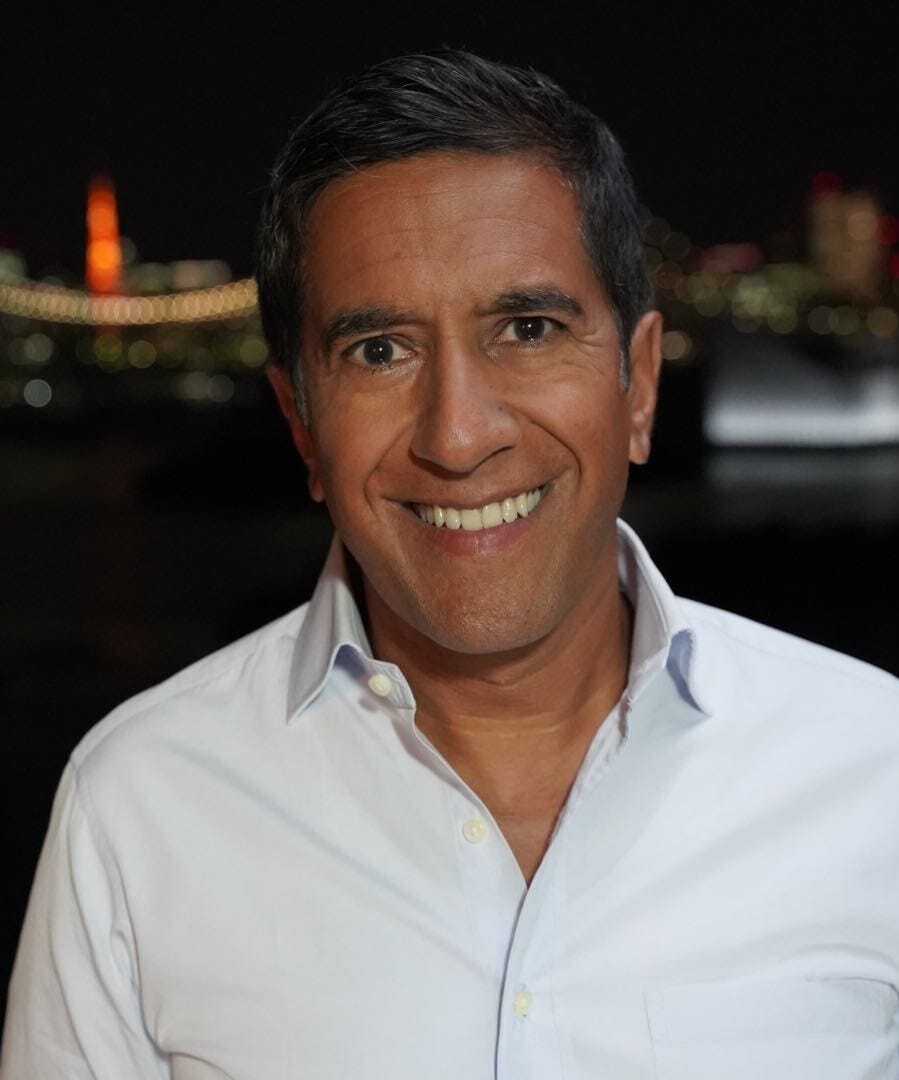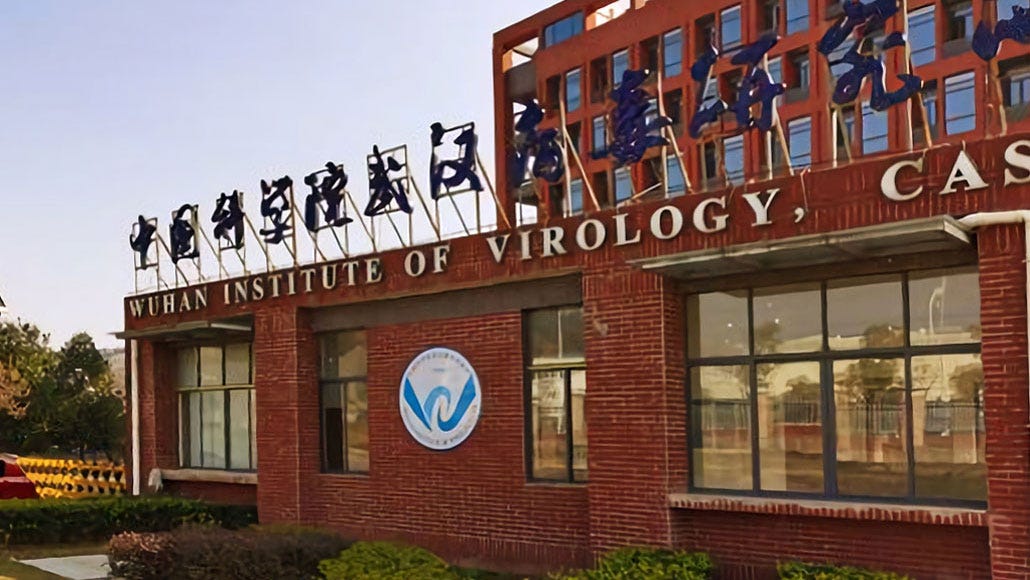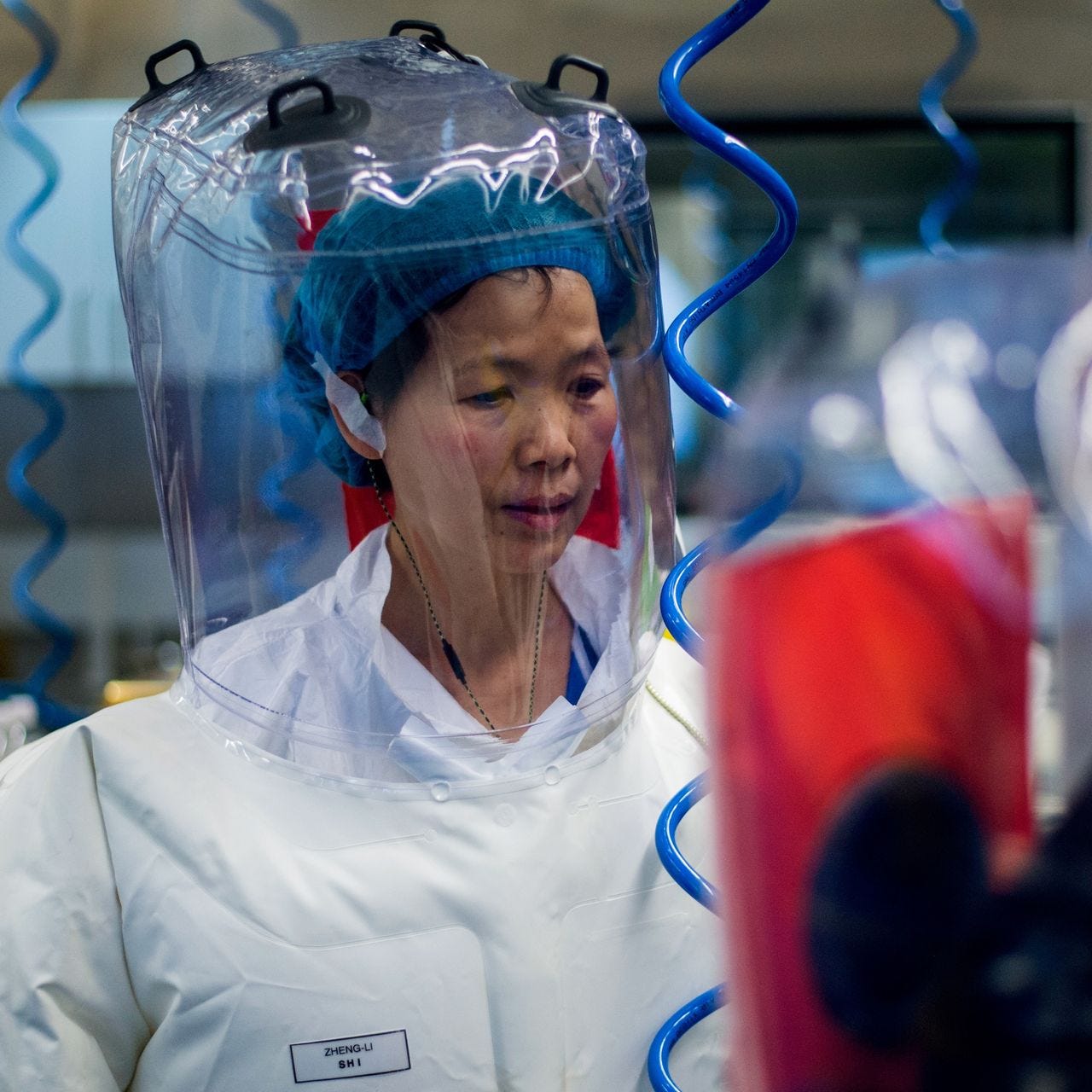CNN's Sanjay Gupta gives a journalism lesson in how to cover the lab-leak vs. natural origins debate [updated Sep 23]
For a full year conventional journalistic wisdom held the lab-leak hypothesis for Covid-19 origins was either a "conspiracy theory" or very unlikely. That's despite a lack of evidence either way.
Readers of “Words for the Wise” know that the debate over the origins of a pandemic that has killed more than 650,000 Americans and more than 4 million people worldwide is an occupation of mine. They also know, or should, that I actually do not have an opinion either way. That’s because, despite what you hear from some scientists—including ones with clear conflicts of interest—and a number of “leading” science journalists, there really is little convincing evidence either way.
Nevertheless, after a year in which the “natural origins” hypothesis almost became an actual scientific paradigm, the lab-leak hypothesis is finally getting its due. That’s not because, as a few who should know better have suggested, trolls spouting anti-Asian racism have suddenly managed to seize the conversation. Rather, its because a number of scientists and journalists, alarmed at the dangers of still more pandemics and frustrated by the failure of Chinese officials (and perhaps even some Chinese scientists) to fully cooperate with international investigations by WHO and others, are no longer willing to keep quiet about what has been the active suppression of a real scientific discussion.
I’ve long been an admirer of Sanjay Gupta and his cautious but nearly always accurate reporting of health and medical issues. He has been especially good during the coronavirus pandemic, sticking to the facts, but—increasingly—not afraid to call bullshit on the disinformation and other crap put out by right-wingers who still think the virus is bad for Trump and the reactionary agenda. So it was refreshing, and not surprising, that when it came time for Gupta to put together a program on the origins debate, he would do a good job. His tough questioning of apologists for China like EcoHealth Alliance president Peter Daszak, whose usual evasiveness was on clear display throughout the program, and officials like NIH director Francis Collins, set a good example for how this issue should be covered.
My one regret was that Gupta did not take a minute at the end of the program, which apparently had been produced and edited last month, to come back and bring what we know up to date—specifically, the documents that reporters for The Intercept pried out of the NIH using the Freedom of Information Act and a lawsuit. These documents suggest very strongly that Daszak, Anthony Fauci, and NIH officials simply did not tell the whole truth when they claimed that potentially dangerous “gain of function” research was not funded at the Wuhan labs with U.S. funds. It now appears that individuals we would hope to be able to trust have used the term “gain of function” in a way that undermines its true meaning: Anything that could make a virus or other organism more harmful to humans than it already was. That kind of research, using chimeric viruses that could more easily infect human lung cells, most definitely was going on at the Wuhan labs; the question is what else was happening that we don’t yet know about.
What I do not regret, however, is that Gupta did not interview any of the so-called “researchers” or journalists who have emerged as gatekeeping trolls and accused anyone who thinks the lab-leak hypothesis might be possible as “racists” or “assholes,” as one frequently quoted virologist actually did. I’ve named her before, so I won’t bother doing it again.
What follows are some notes from the program, with my own opinionated thoughts. I hope readers find them helpful and/or interesting.
Lots of questions, not so many answers
Gupta got off to a good start, because he did not wait more than a few minutes to provide some critical context about China’s role in the discussion, which has been one of pure obfuscation from the beginning. We’ve known for a long time that China punished doctors who raised the alarm about the new virus, and did quite a bit to downplay the dangers until they were obvious—for example, when China shut down the entire city of Wuhan.
Gupta also quickly introduced Peter Daszak and his obvious conflicts of interest as head of an organization that was working closely with China on coronavirus research. The importance of the February 2020 letter secretly orchestrated by Daszak and published in The Lancet, which branded the lab-leaks hypothesis a “conspiracy theory” and put considerable pressure on scientists and journalists alike who were not so sure about that, was also underlined.
One thing I don’t think Gupta got quite right was the notion that the “conspiracy” was the idea that the Chinese had bioengineered the virus, to create some sort of bioweapon. While that idea was pushed by some Republican politicians, and anti-China racism obviously exploited by Trump himself, the bioweapon hypothesis was not the only form of lab-leak that could have occurred—there was a whole range of possibilities. But it became a convenient red herring for Daszak and others who either wanted to protect their relationships with China, or who misguidedly assumed that any attempts to question China’s role were based on anti-Asian racism and/or encouraged it.
Gupta was particularly good when he grilled Daszak about a database supposedly containing some 22,000 viral samples, including genomic sequences, that the Wuhan Institute of Virology took offline just before the pandemic hit, claiming that it was being hacked into. Daszak did what I have seen him do before: He both claimed there was nothing of interest in the database re Covid-19 origins, and that he didn’t really know what was in it. The fact that China has apparently not shared the database with its trusted colleague Daszak, not anyone else as far as we know, is very odd, and remains without explanation. Indeed, Daszak showed a striking lack of curiosity about the database as Gupta continued to ask him about it—even though there is increasing evidence that it might hold some answers.
Daszak also seems to have been completely credulous concerning what he was told by Chinese scientists about a few Wuhan lab workers getting sick and having to be hospitalized in the fall of 2020, again right before the pandemic began. Daszak said he was told no antibodies to SARS-CoV-2 were found in their blood, but nonchalantly admitted that he was never actually shown the data.
(Gupta mentioned more than once that Chinese officials, and the Wuhan lab’s bat expert Shi Zhengli, declined to be interviewed for the program. Shi has vehemently denied that her lab had anything to do with the pandemic.)
In one odd sequence, Gupta talks to Laura Helmuth, my former colleague at Science and now Editor-in-Chief of Scientific American, who simply recounts Shi’s much-told story about how she rushed to look at what viruses she had in the lab when the pandemic broke out, to make sure Covid-19 was not caused by something being stored there. I hope that interview was taken out of context, because as presented, it appeared that Helmuth thought Shi’s story should be taken at face value. As a counterpoint, Alina Chan of the Broad Institute, a leading proponent of a serious scientific inquiry into Covid origins, told Gupta that taking anyone’s word for it is exactly what we should not be doing—especially given the clear proof that China is hiding information we need to carry out that inquiry.
Gupta then talks to scientists, like Ralph Baric of the University of North Carolina, Chapel Hill, who have expressed great concerns about the dangers of working with human pathogens, especially in less than fully secure labs, as the Wuhan researchers did with their coronavirus collection. This is especially troubling because we now know that all the ingredients to create a virus like SARS-CoV-2 were actually present in the Wuhan labs. That is not a smoking gun, but it makes the lab-leak hypothesis much more plausible.
I had one beef with Gupta at the end, when he stated that trying to find the origins of Covid-19 is like “trying to find a needle in a haystack.” That’s just flat wrong. Sometimes it takes a while, even years, but scientists have been very successful in finding the animal origins of many pathogens, including those that caused SARS, MERS, HIV, H1N1, not to mention early examples like smallpox.
But overall, even though the program was only an hour long including the many commercials, it was one of the most balanced presentations I have seen, and yet did not pull punches on the tough questions. Gupta talked to the right people, even if no one—on either side of the debate—has the answers.
Update Sept 23, 2021: A new story in The Intercept by reporters Sharon Lerner and Maia Hibbett analyzes the grant proposals prepared by Peter Daszak’s EcoHealth Alliance and other researchers, and provides some clues to the kind of research (including genetic engineering of bat coronaviruses) that was likely going on in the Wuhan labs. I highly recommend it.







Thanks, Michael. I'd been meaning to try and watch this show and now I don't have to.